Name Flora Gomes | Role Film director | |
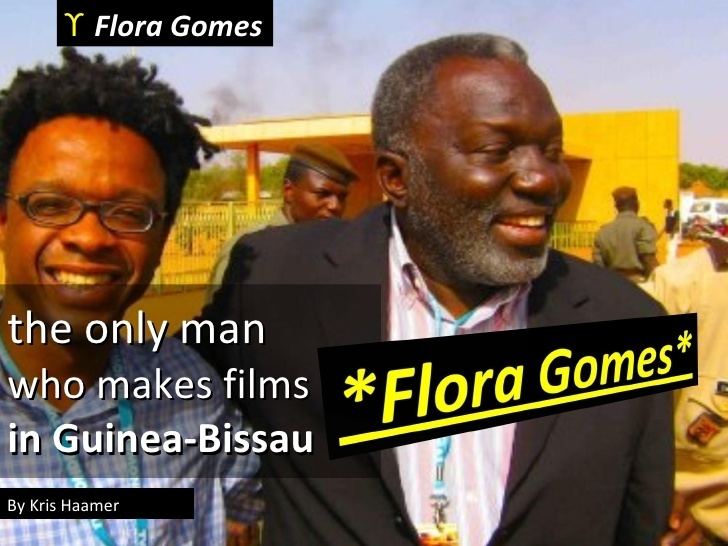 | ||
Movies My Voice, Mortu Nega, The Blue Eyes of Yonta, Tree of Blood, The Children's Republic Similar People Fatou N'Diaye, Luis Galvao Teles, Danny Glover, Francois Hadji‑Lazaro, Christiane Lack | ||
Flora Gomes - Filmes Historicos da Guiné Bissau
Flora Gomes is a Bissau-Guinean film director. He was born in Cadique, Guinea-Bissau on 31 December 1949 and after high school in Cuba, he decided to study film at the Instituto Cubano del Arte y la Industria Cinematográficos in Havana.
Contents
- Flora Gomes Filmes Historicos da Guin Bissau
- Nha Fala
- Biography
- Filmography
- 1988
- 1992
- 1994
- 1996
- 2002
- 2003
- 2004
- 2005
- 2006
- References
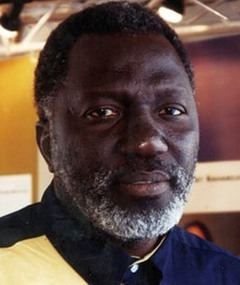
Shot fourteen years after independence, Gomes's Mortu Nega (Death Denied) (1988) was the first fiction film and the second feature film ever made in Guinea-Bissau. (The first feature film was N’tturudu, by director Umban u’Kest in 1987.) At FESPACO 1989, the film won the prestigious Oumarou Ganda Prize. Mortu Nega is in Creole with English subtitles.
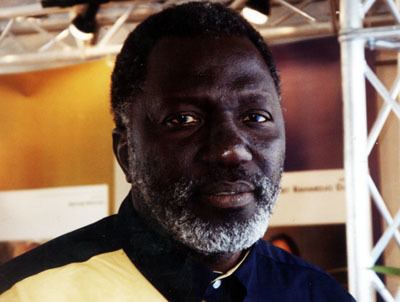
In 1992, Gomes directed Udju Azul di Yonta, which was screened in the Un Certain Regard section at the 1992 Cannes Film Festival.

Nha Fala
Biography
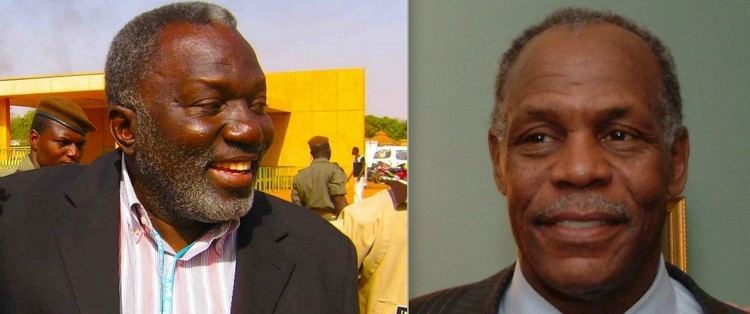
Son of illiterate parents, as a child Gomes struggled against the limitations of his social status and the oppression of the Portuguese colonial system under António Salazar's rule. He supported Bissau-Guinean resistance against colonialism and greatly admired Amílcar Cabral. He left Guinea-Bissau to study cinema in Cuba (1972) at the Cuban Institute of Art and Cinematography, under the guidance of Santiago Álvarez. He continued his studies in Senegal, at the Senegalese Journal for Motion Picture News, under the direction of Paulin Soumanou Vieyra. He also co-directed two films with Sergio Pina and worked as an assistant with Chris Marker and Anita Fernandez.
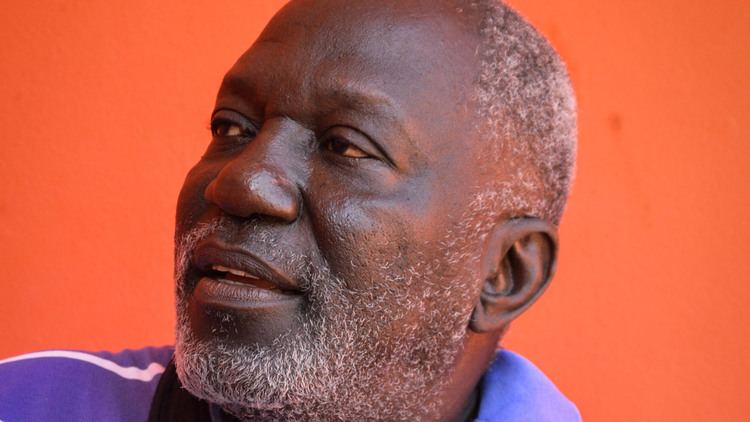
Upon returning to liberated Guinea-Bissau, Gomes filmed his country's independence ceremony (24 September 1974), fulfilling the desire of Amílcar Cabral that it should be Bissau-Guineans themselves capturing this historical moment on film. After freeing itself from colonial rule, Guinea-Bissau was visited by many reporters and progressive filmmakers and Gomes, given his knowledge of cinema, was in great demand to assist them, which allowed him to expand his skills. At the end of the 1970s, he worked as a photographer and cameraman for the Ministry of Information.

Having first directed historical documentaries, Gomes filmed his first feature film, Mortu Nega, in 1987. Mortu Nega depicts the struggle for independence and the challenges of the first post-independence years in Guinea-Bissau. The film was screened at several international film festivals and Gomes caught the attention of commentators and critics. He was particularly well received in France, which in later years enabled him to attract funding for the production of new films. In 2000, he was distinguished in France with the title of Chevalier des Arts et des Lettres.
Filmography
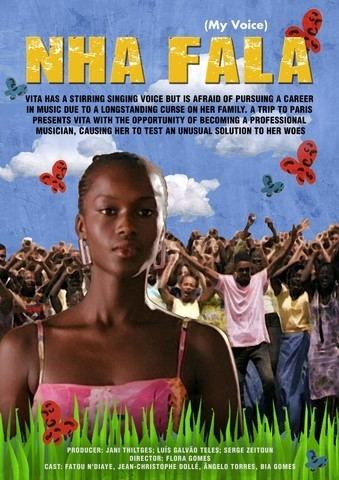
1988
Mortu Nega won:
1992
Udju Azul di Yonta won:
